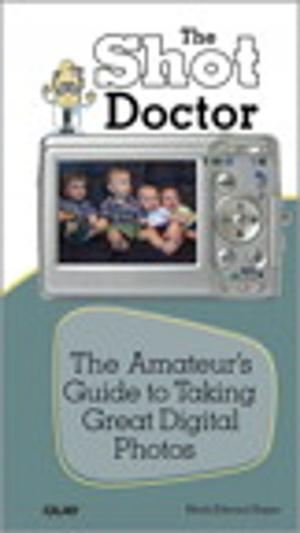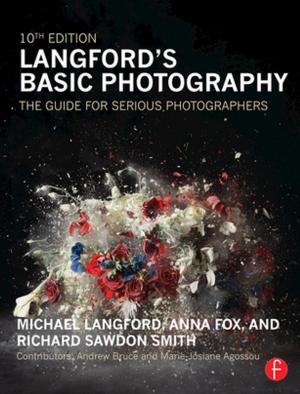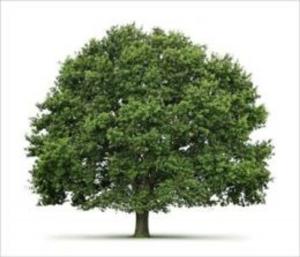Image Clarity: High-Resolution Photography
Nonfiction, Art & Architecture, Photography, Equipment & Techniques, Techniques| Author: | John B Williams | ISBN: | 9780971892927 |
| Publisher: | The Iris Group | Publication: | July 1, 2012 |
| Imprint: | The Iris Group | Language: | English |
| Author: | John B Williams |
| ISBN: | 9780971892927 |
| Publisher: | The Iris Group |
| Publication: | July 1, 2012 |
| Imprint: | The Iris Group |
| Language: | English |
This book evolved out of research and experiments undertaken (1) to consolidate current knowledge about clarity in photographic processes, (2) to gain insight into the principles and theory of photographic sharpness and resolution, and (3) to sort out from the conflicting photographic philosophies techniques that are consistent with these principles. In many applications of photography, the accurate rendition of visual information with full resolution of detail is the only goal. Scientists engaged in field studies—archaeologists, geologists, zoologists, and the like—rely heavily on photographs as visual records of their studies, as in Plates 1 and 2. Also criminal investigators, accident investigators, forensics specialists, legal photographers, military-surveillance photographers, and other wizards who push photography to the limits of its resolution potential must capture the details of their subjects accurately, sometimes under challenging conditions. Their increasing reliance on 35 millimeter cameras and the substantial enlargement of their negatives make high-resolution techniques essential to the success of their work.
This book evolved out of research and experiments undertaken (1) to consolidate current knowledge about clarity in photographic processes, (2) to gain insight into the principles and theory of photographic sharpness and resolution, and (3) to sort out from the conflicting photographic philosophies techniques that are consistent with these principles. In many applications of photography, the accurate rendition of visual information with full resolution of detail is the only goal. Scientists engaged in field studies—archaeologists, geologists, zoologists, and the like—rely heavily on photographs as visual records of their studies, as in Plates 1 and 2. Also criminal investigators, accident investigators, forensics specialists, legal photographers, military-surveillance photographers, and other wizards who push photography to the limits of its resolution potential must capture the details of their subjects accurately, sometimes under challenging conditions. Their increasing reliance on 35 millimeter cameras and the substantial enlargement of their negatives make high-resolution techniques essential to the success of their work.















